Inside: Help kids learn about different kinds of friendships with this Bullseye Friendship printable which lets them evaluate the relationships in their life.
Have you ever told a secret to a friend and then it was spread across the school?
Have you ever walked up to a group of your closest friends only to realize they didn’t save you a seat?
Have you ever invited a friend to do something special with you and they made you feel really bad?
You probably have because navigating friendships and making new friends and learning what makes a good, true friend, and protecting yourself from emotionally unhealthy friendships is a hard lesson to learn. One that many people don’t learn until adulthood…and even then some of us struggle.
Since my kids have been the new kid often from our moves, we’ve had to spend a lot of time learning how to make new friends quickly.
But they’ve also had to learn how to decide if the friends in our lives are the ones we really want there by learning that there are different kinds of friendships–which is okay– and only the friends who treat you well and like you for you are going to be the ones you get closest too.
The sooner everyone learns these skills, the more emotionally healthy we will be.
Why?
Friendships-emotionally healthy friendships-are essential for many reasons.
When we have friends, we have people who help us feel heard and seen and understood.
Friends give us an empowering sense of belonging and we feel welcomed when we’re with the right friends.
And having good friends, having even one good friend, helps to bully-proof our kids because it insulates them and builds up their mental health and self-confidence.
So we have to intentionally teach our kids there are different kinds of friendships and for each level of friendship we act accordingly.
To help explain this abstract concept, we use this Bullseye Friendship Printable.
(Pssst: it helps adults learn to set emotionally healthy boundaries with friendships too!)
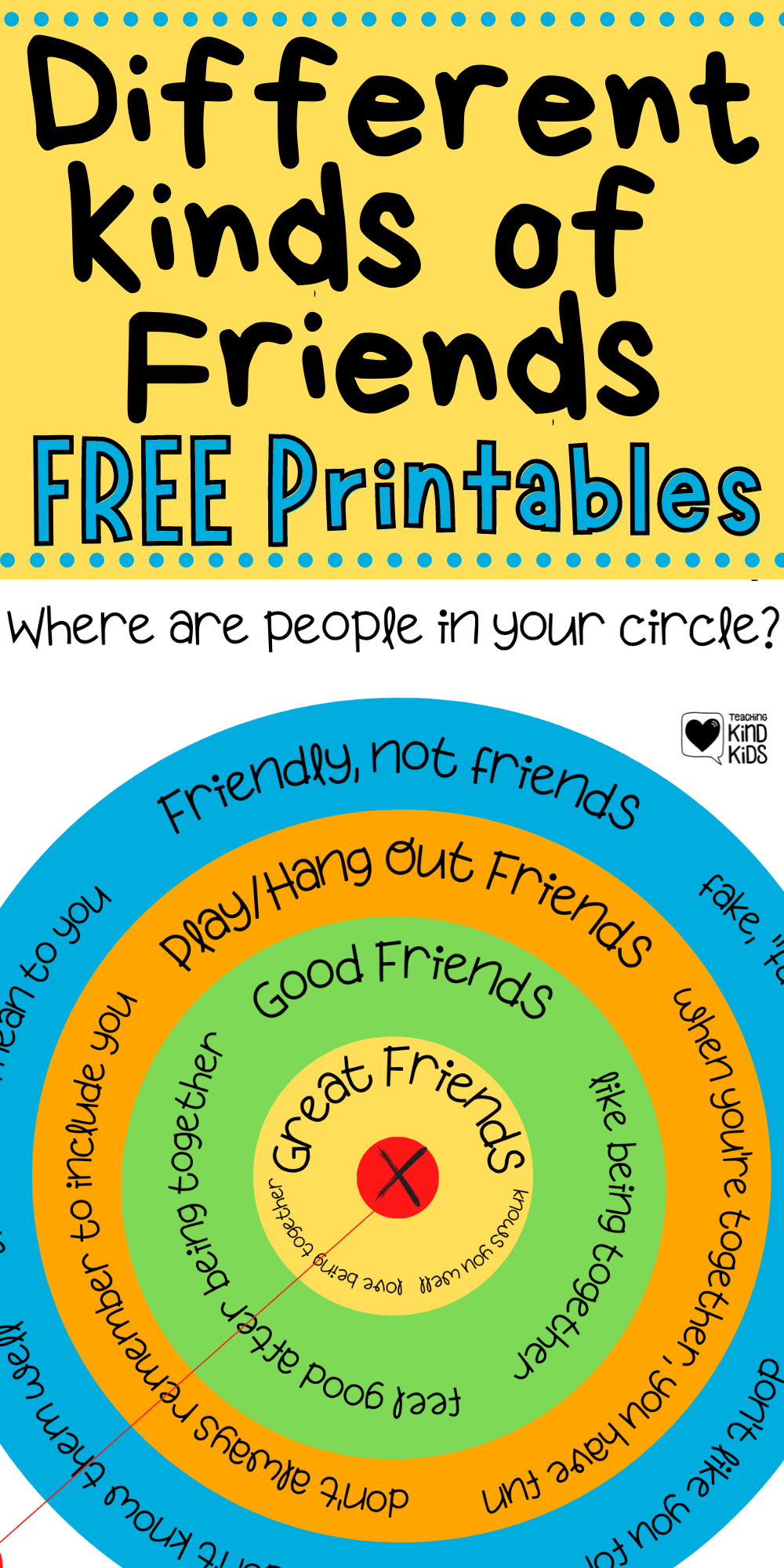
How to Help Kids Understand About Different Kinds of Friendships
Use this Bullseye Friendship Printable to help discuss with kids how there are different kinds of friendships that will come and go from their lives (download it below).
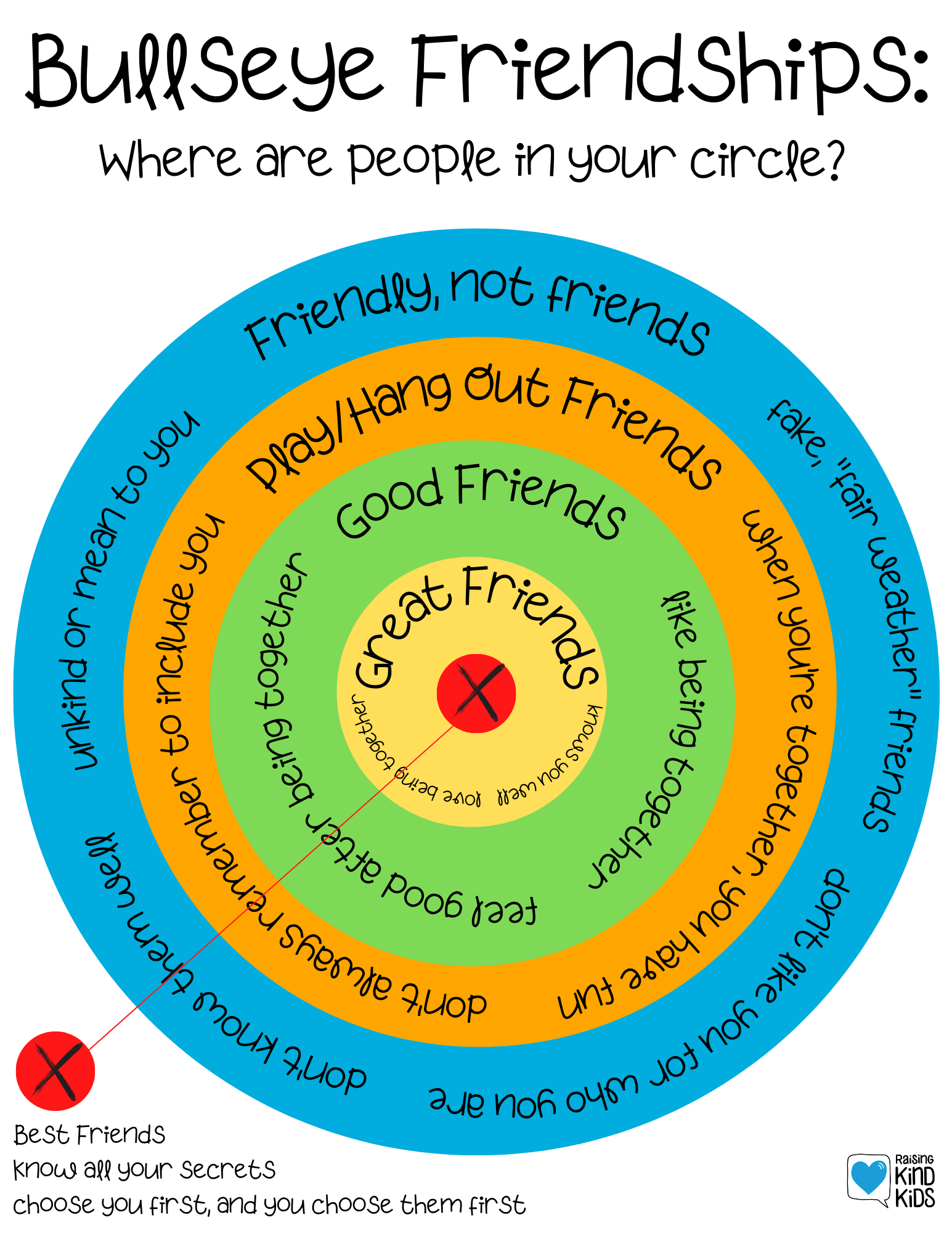
If this is a group discussion you can keep it generic. If you’re having this conversation one on one with a child, use examples from their life and from your own life to make it more concrete.
Help them decide where each of their friends fits right now.
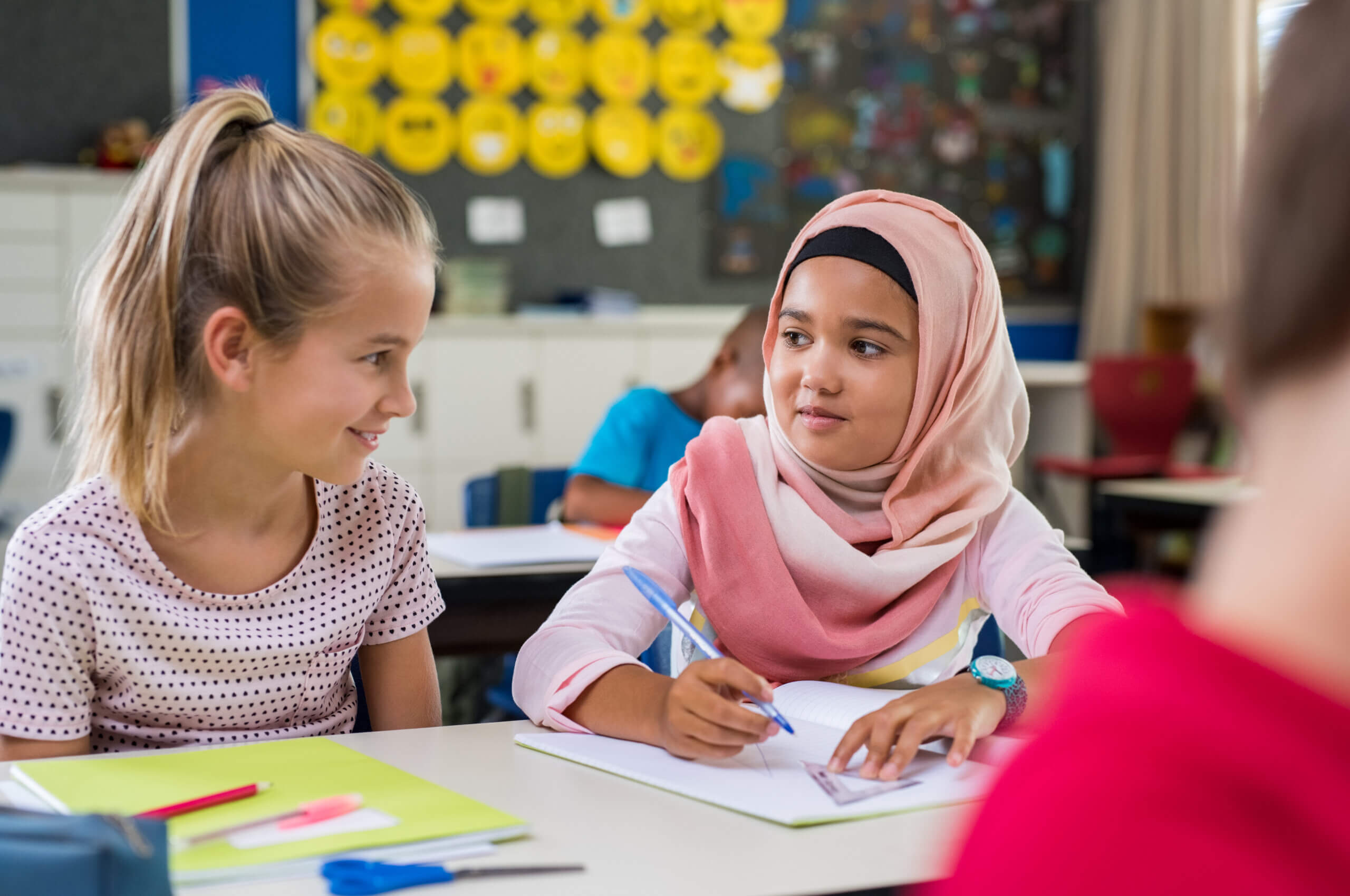
Blue Circle: Friendly, Not Friends
Show them the blue circle and talk about how there will be lots of people in their lives that they are not friends with and that’s okay. These are the people you’re friendly with. You can say hi and not know their name.
This blue outer circle is also where you put people who are unkind or are people that make you feel badly about yourself. You don’t need to be friends with them, but you won’t be mean to them either.
Related: How to Be Mad Without Being Mean
Orange Circle: Play/Hnag Out Friends
The orange circle is smaller because there will be fewer kids in this range. These are kids you play with and hang out with on the playground or after school or on your team but you don’t know them really well and they don’t know you really well. Because of that, you do not want to tell people in this orange circle personal things that are private to you since you don’t know yet if you can trust they won’t tell others. They enjoy playing with you but don’t always remember to save you a seat or save you a spot, but when you’re together you have fun.
Green Circle: Good Friends
The green circle is even smaller because there are just going to be a handful of other kids who are your good friends. They know you well and you like being around them. These are people who have been in your house and in your room and would absolutely be invited to your birthday party. This can also be friends you’ve known for a really long time.
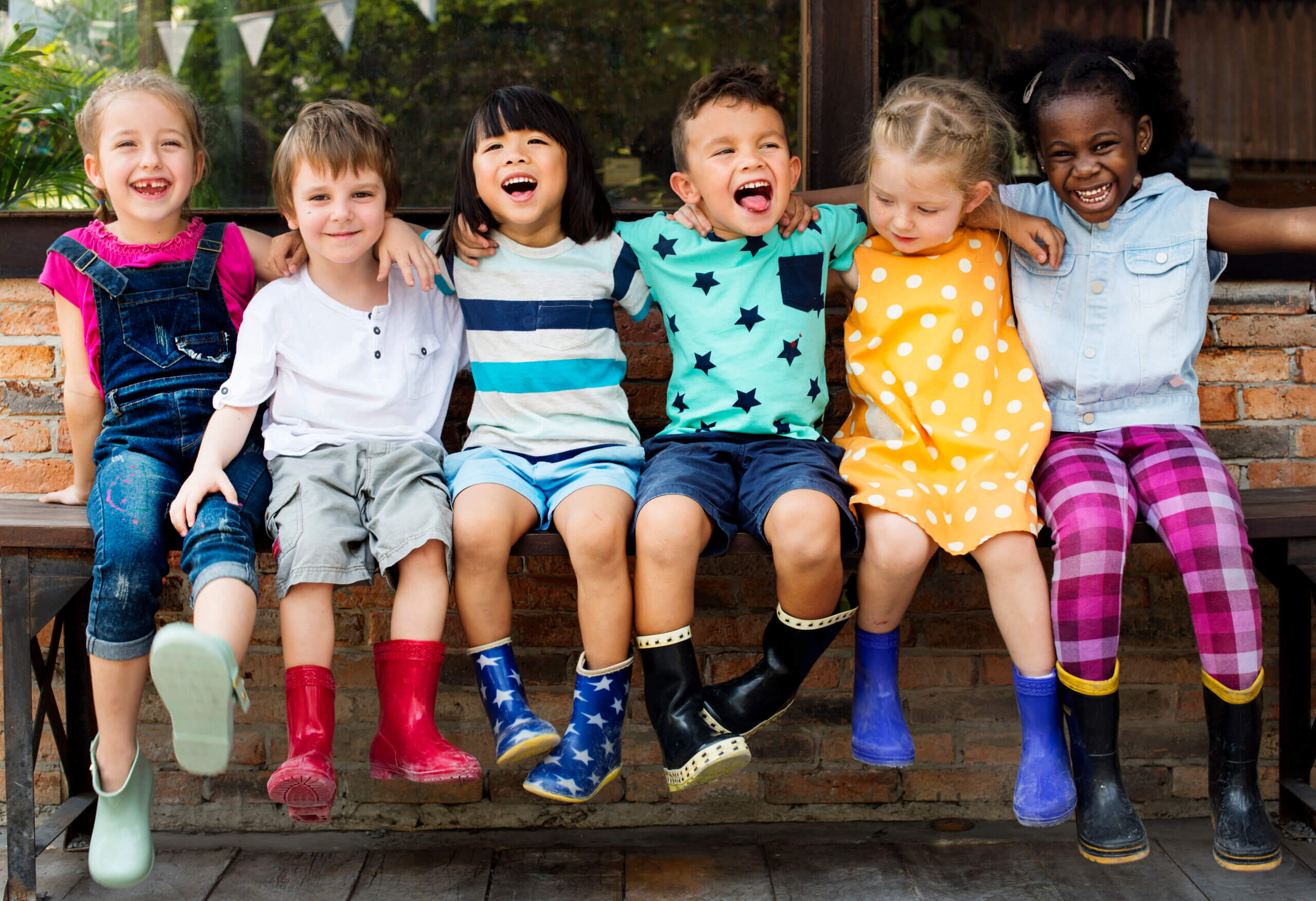
Yellow Circle: Great Friends
The yellow circle is smaller still and only has 1-5 friends in it you love being with. These are people you trust to tell your personal information to. These are friends who are at your house often and you’re at their house often. You know each other’s families because you’ve spent so much time together. If you are allowed just a few people for a sleepover or for a special trip, this is who you invite.
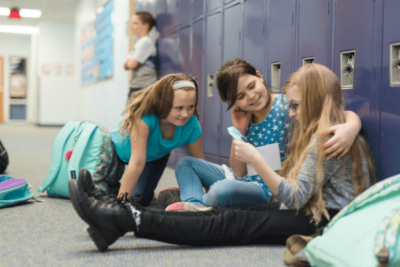
Bullseye Red Circle: Best Friends
The bullseye, the red circle, is the smallest and the hardest spot to fill. It’s reserved for a best friend or two best friends if you’re really lucky. This is the person who knows everything and loves you for who you are. They are your personal champion and want you to succeed all the time. You can disagree and have arguments and often act like siblings, but you are still super close. Not all people will have a best friend and that’s okay.
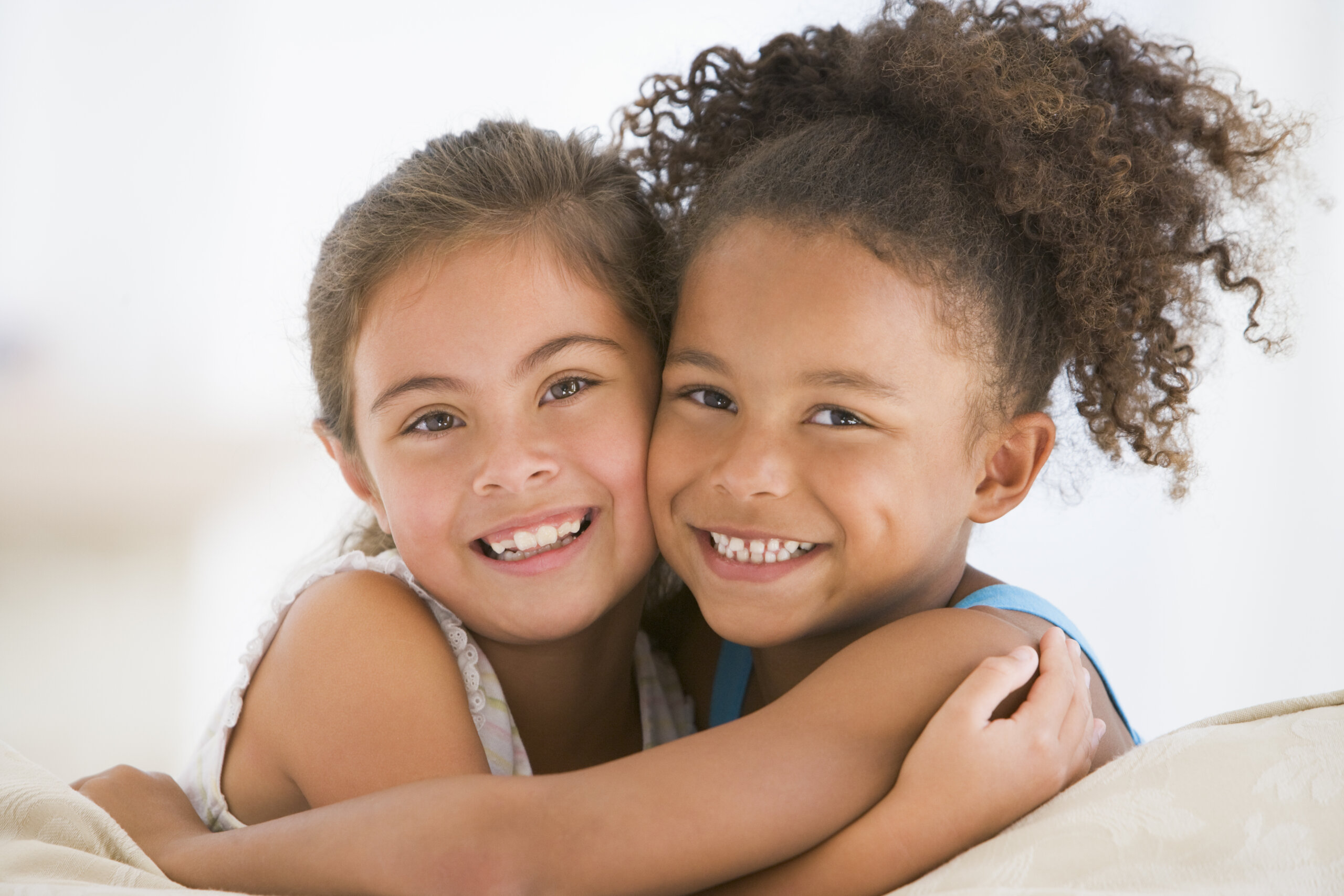
How to Evaluate the Different Kinds of Friendships
To evaluate if the person is a good, true friend and belongs as close to the inner circle as they “should” you can encourage kids to evaluate the relationship with our Good, True Friend Checklist.
You only want to surround yourself with people in your inner circle who like you for who you are and make you feel better after you’ve been with them. People who don’t do that need to be further from your inner circle.
Remind kids that friends can move towards the center of the circle (if you get to know them better, if you start spending more time with them, etc.) or move away from the center of the circle (if you grow apart, if things change, if they move, if you decide it’s not a great friendship anymore).
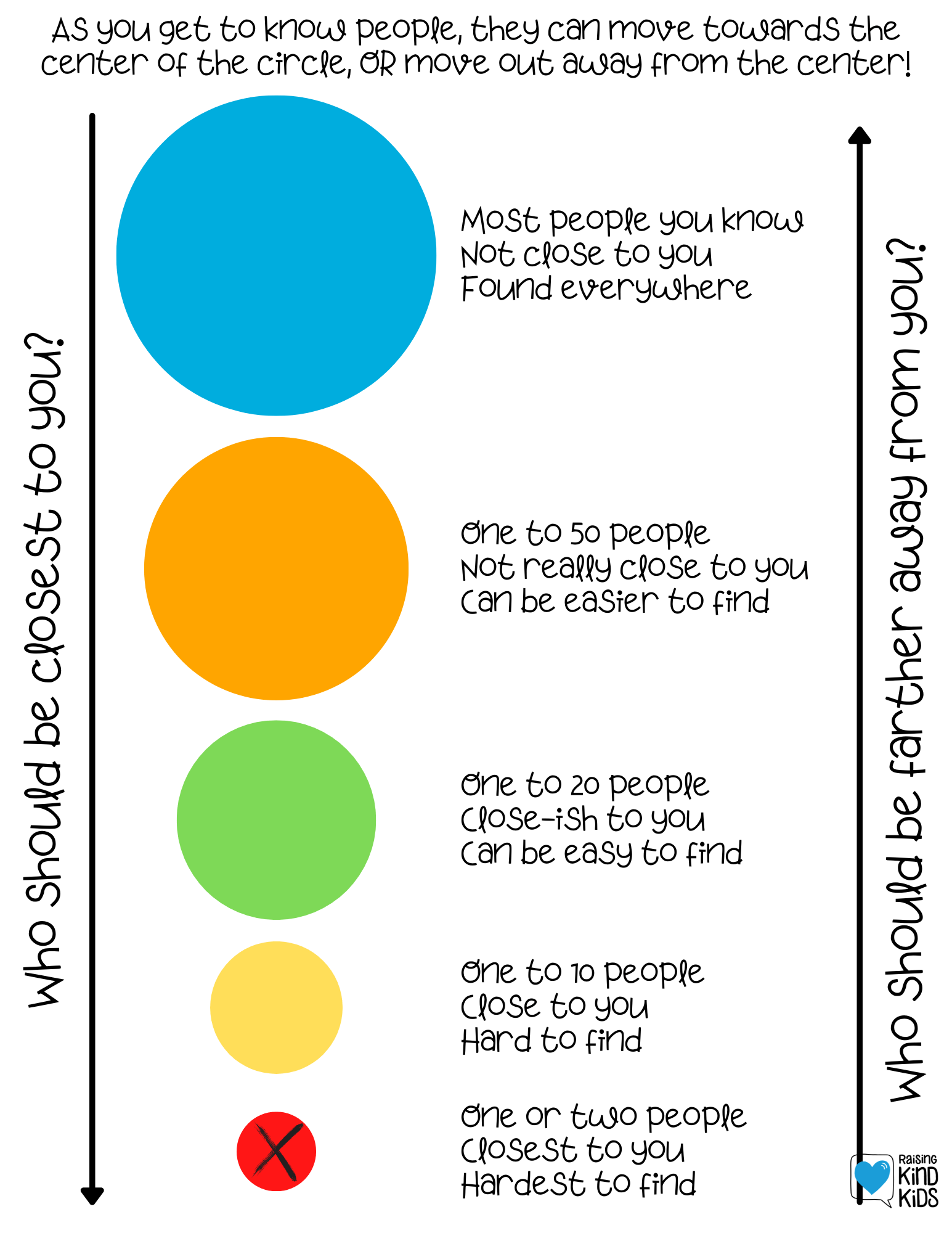
As you grow and grow up, people can change and go in different directions and that’s okay. Two people who were friends in the first grade may ignore each other in the 7th grade because they no longer have anything in common even though there was never a fight or a disagreement. They just grew apart.
So it’s also essential to not just have one or two friends and stop looking for new friends.
If you have a group of friends, you can always have more friends. These new friends may not be in the inner circle yet (or ever) but it’s important to have different types of friends, not just friends in one color circle.
Kids Can Learn to Meet New Friends with This Role Playing
It’s also essential to BE a good friend to HAVE good friends, so we also must have conversations about the qualities of a good friend and how to be a good friend.
Related: How to Help Kids Be a Good Friend
Even More Friendship Resources
I am a Good Friend Emergent Reader (for beginner or pre-readers)
I am a Good Friend Early Reader (for more advanced readers)
Treasured Friends- what is a treasured friend and what is not? Who are those gems?
Friendship Flowers make great gifts for friends! Get the template and directions here!
I am Lucky to Be Your Friend Ladybug Craft
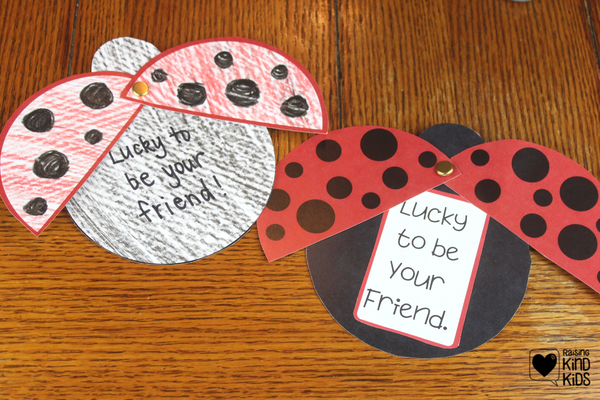
Friendship Cookies: Make Cookies with friends where everybody brings an ingredient! Get the recipe here!
And we read friendship books like these:
Bad Apple: A Tale of Friendship
Related: Best Friendship Books
Download the Bullseye Friendships to learn about Different Kinds of Friendships here.
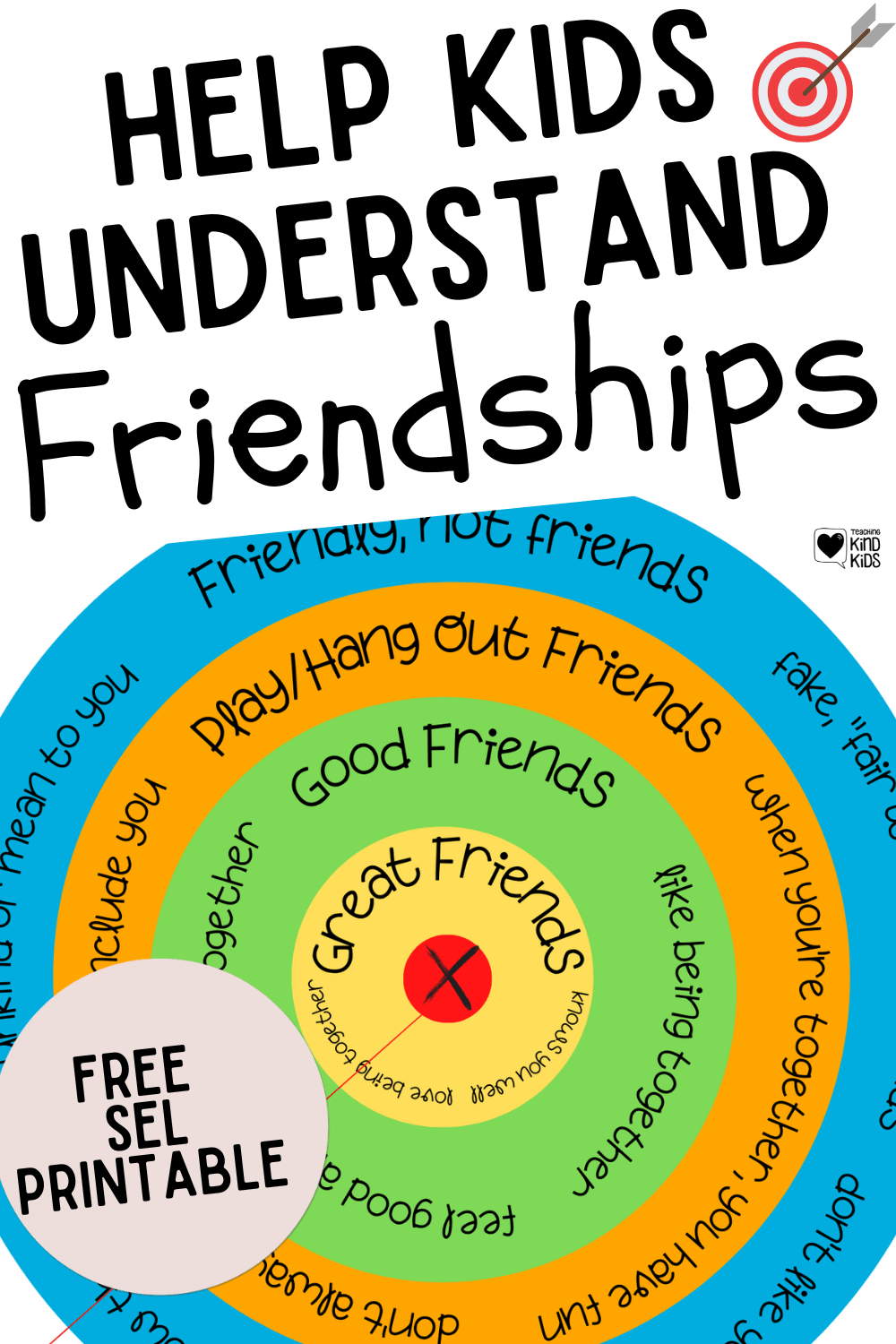
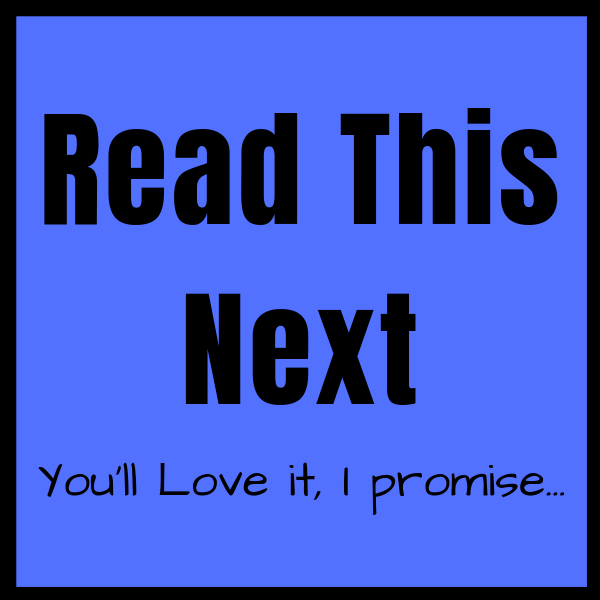

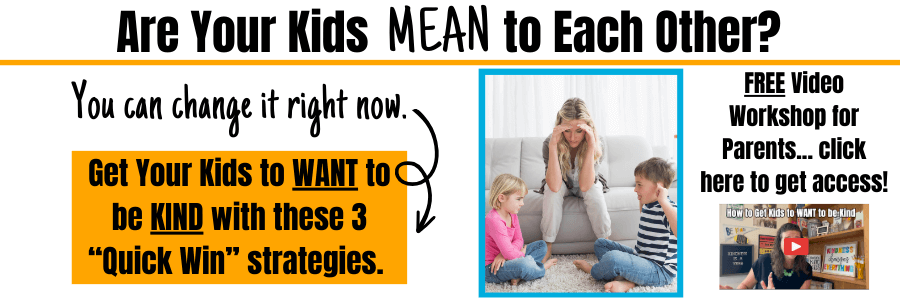
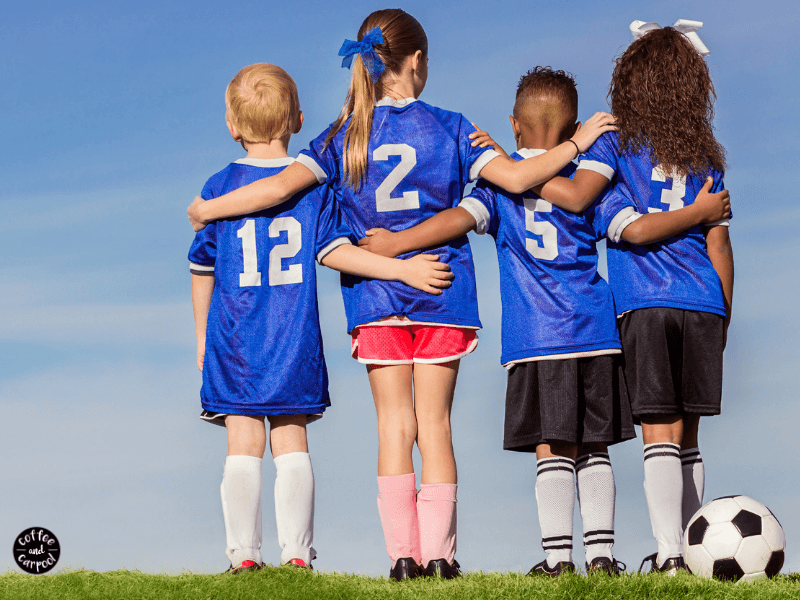
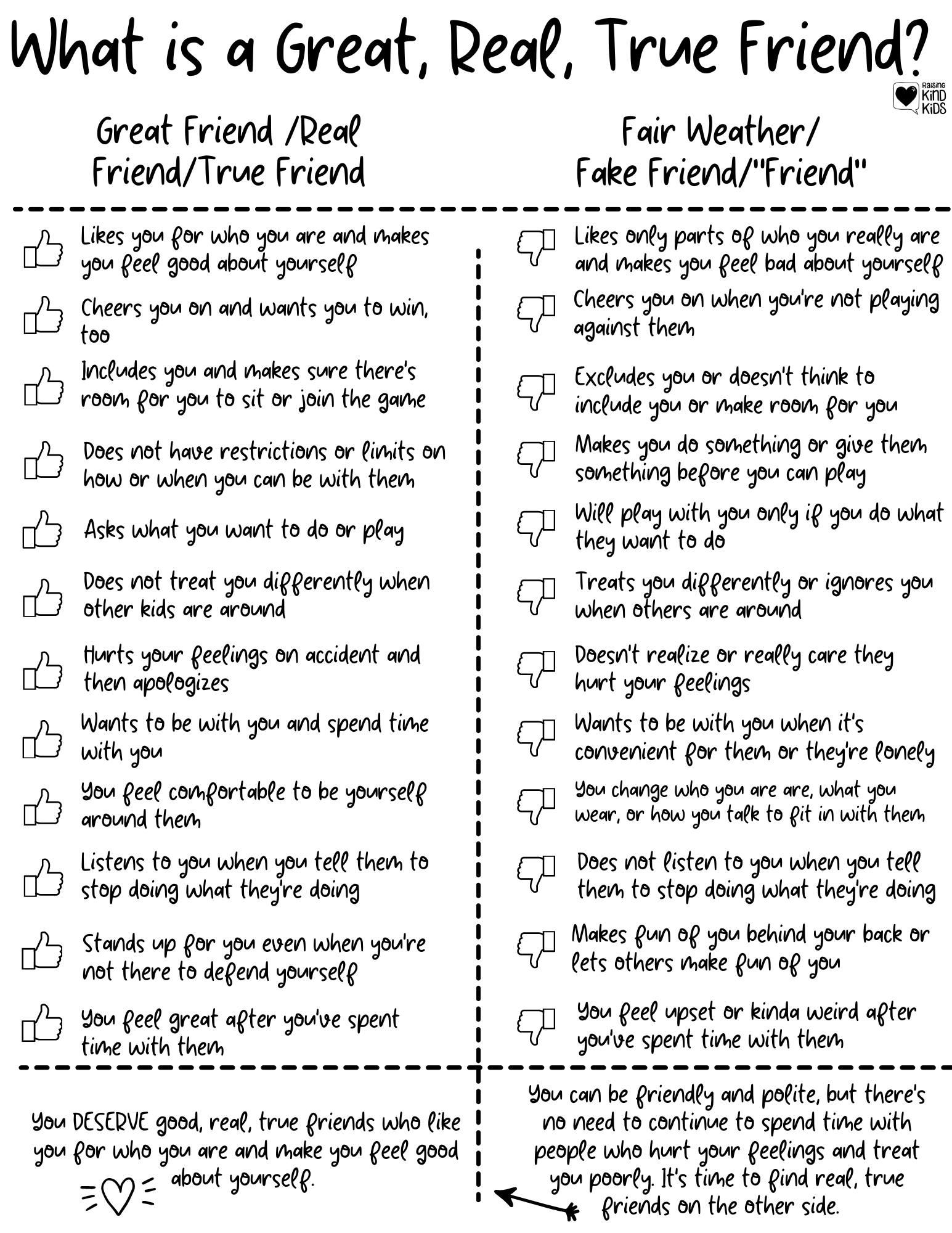
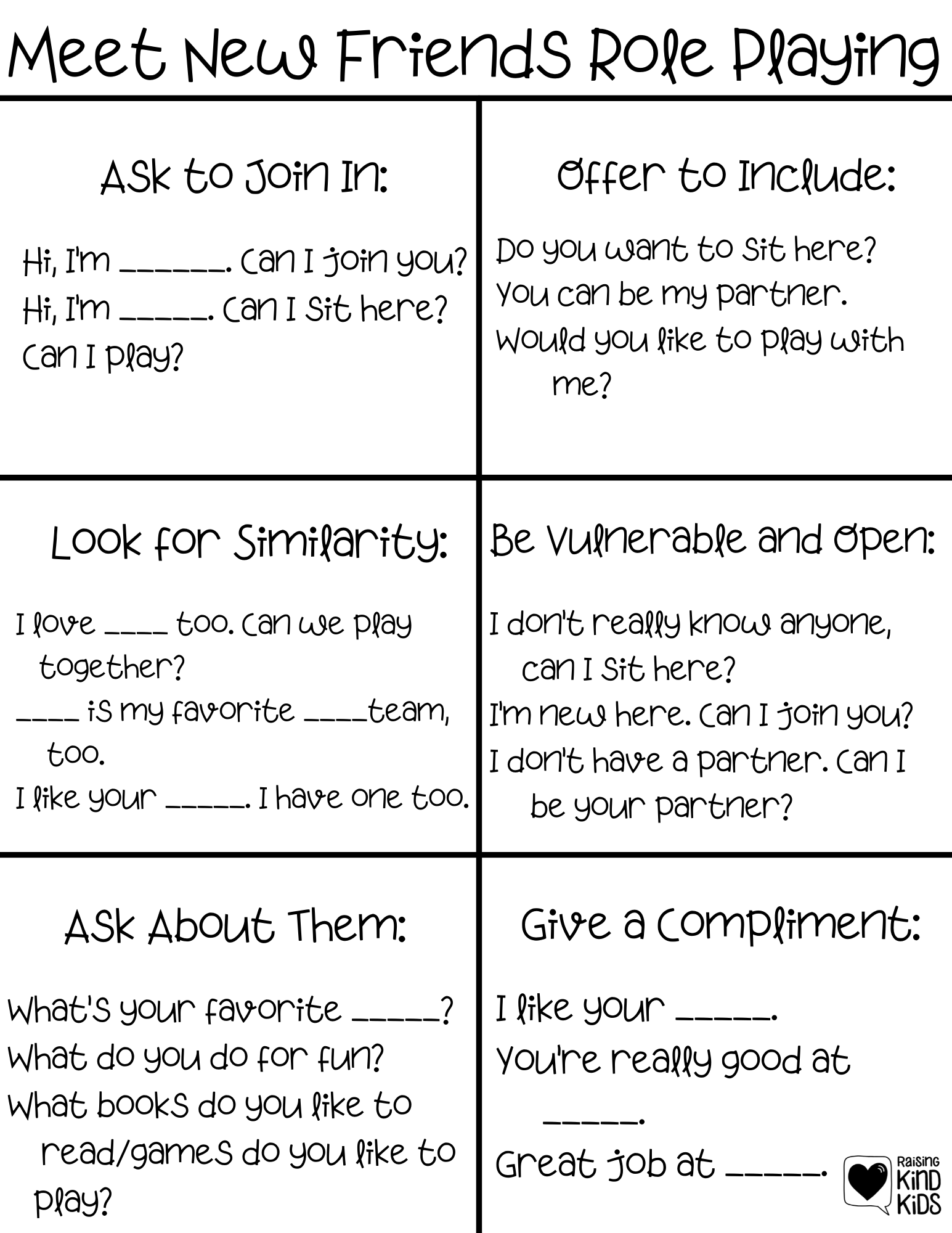

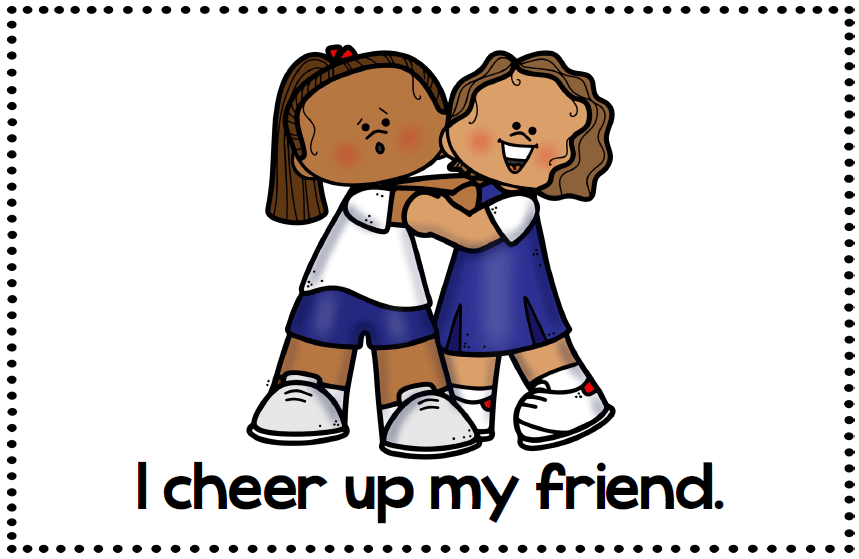


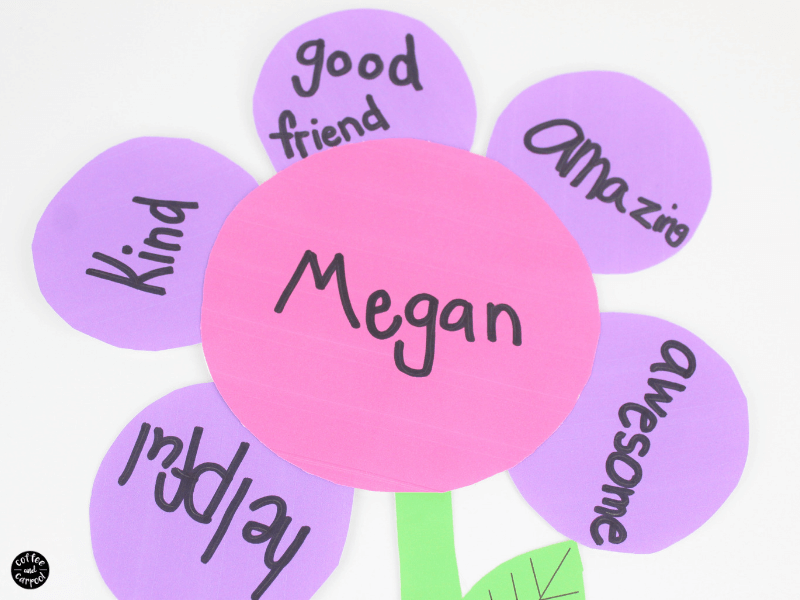
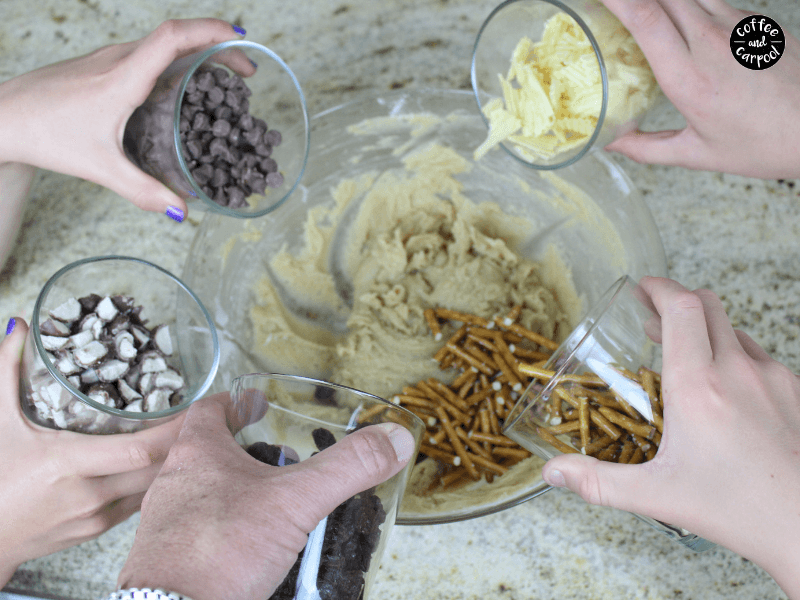





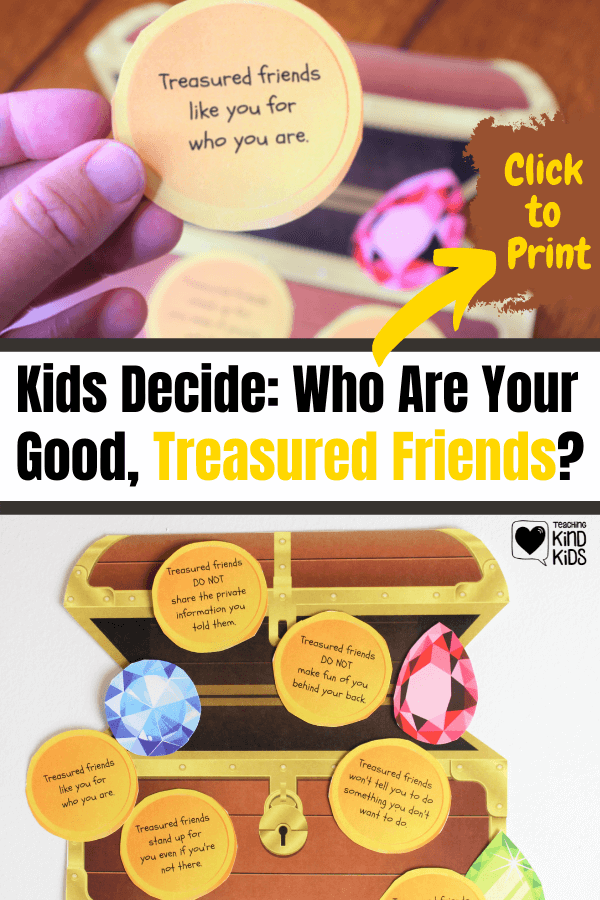
Leave a Reply